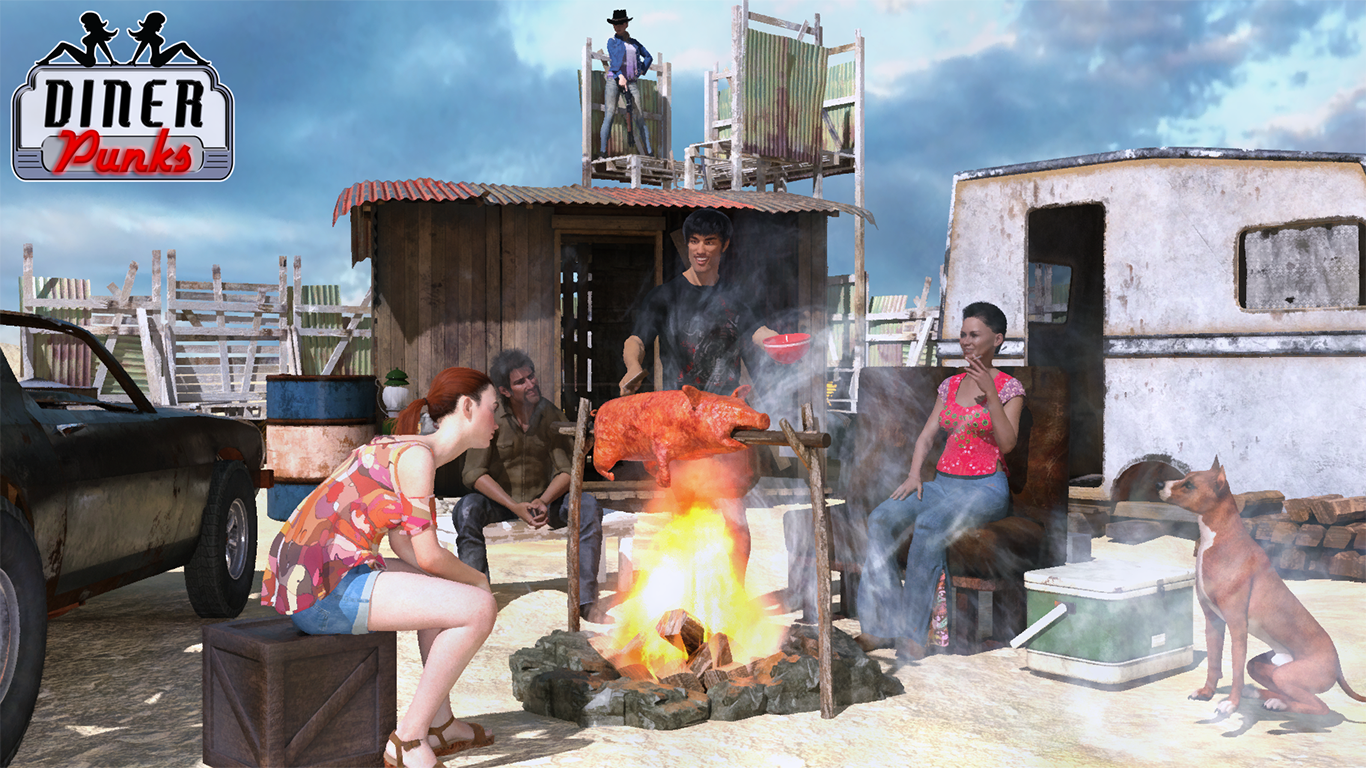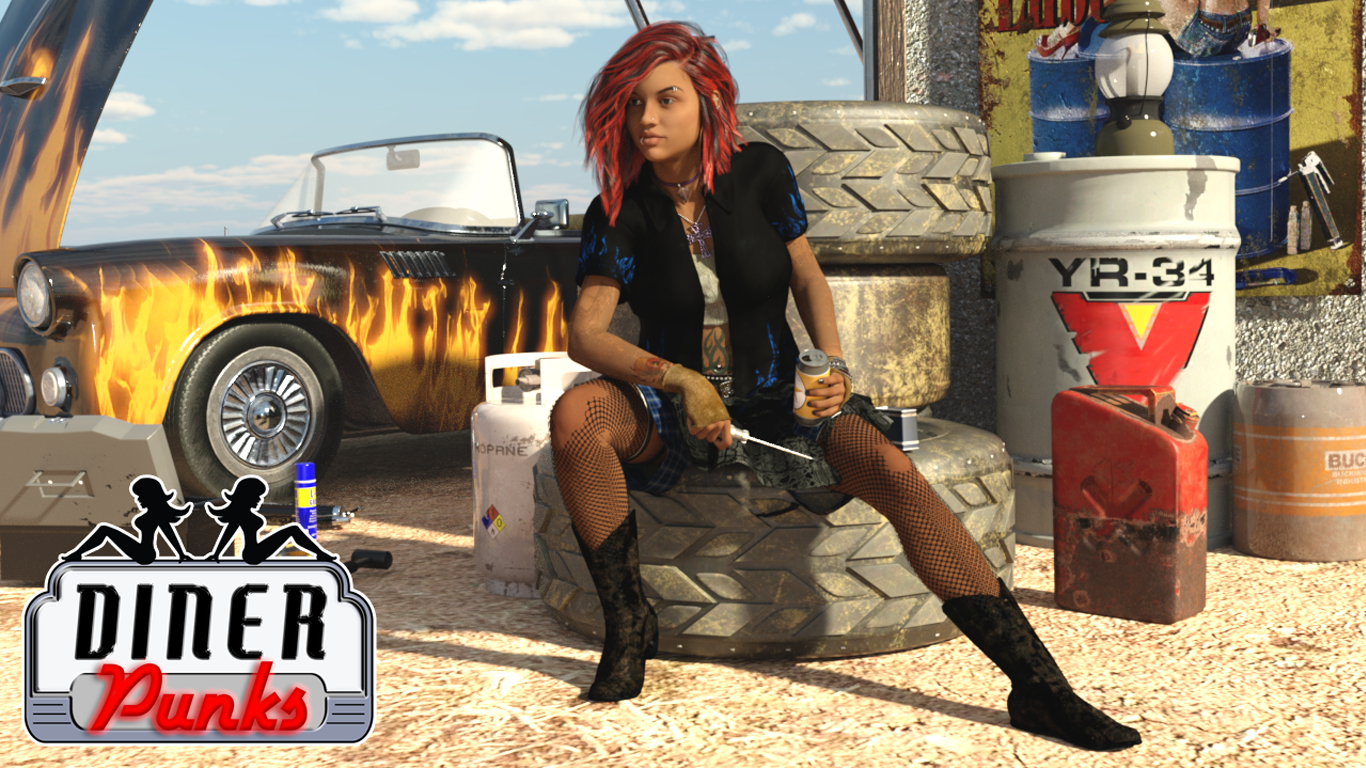We may earn money or products from the companies mentioned in this post.
In D&D, all characters start the game with a randomly determined number of gold pieces with which to buy equipment. Once the campaign gets started, they keep track of every piece of treasure or equipment they find, buy, sell, or give away, which can lead to very complex accounting and resource tracking once characters reach higher levels and start running their own fiefdoms. While this system works fine for the heavily-armed homeless who make up the typical D&D party, some level of abstraction is required for characters who actually live somewhere (unless you want to keep up with exhaustive lists of furniture and kitchen appliances, that is). What follows are some guidelines for handling money and resources in QAGS without having to hire an accountant.
Stuff
As we mentioned in QAGS Second Edition, all characters start the games with the typical trappings and equipment for their profession, as determined by the game’s setting. Most characters will also live somewhere, and some may have offices, cubicles, and vehicles. All of these places will be full of additional stuff—furniture, knick-knacks, ink pens, tools, jumper cables, and other assorted junk. While many gamers love equipment, they tend to focus on the cool, shiny stuff. Most people don’t really want to keep an inventory of how many paper clips their character has in his desk at work.
Your Equipment List
Some groups are perfectly happy to just wing it when it comes to character equipment. If your group falls into this category, congratulation! You obviously understand the QAGS philosophy of gaming and probably don’t need the suggestions in this article. Because of years and years of gaming conditioning, however, most gamers won’t feel comfortable going into action without some kind of equipment list. Since trying to keep track of everything leads down the slippery slope of paper clip accounting, we recommend that you try to curb your dependence on equipment lists by only listing the stuff that’s actually important. In general, important stuff falls into a few broad categories:
- Items that have game effects, such as weapons and armor.
- Unusual or specialized equipment, including things like proton packs and tricorders.
- “Signature” items that help reflect the character’s personality. This group includes things like fedoras, walking sticks, and yo-yos. This group can also include “generic” items. For example, Joe Thursday (my character in the staff Herrick Agency game), always has a half-eaten sandwich in the pocket of his trench coat. Sometimes it’s peanut butter, sometimes it’s a hoagie, but Joe’s always got a snack. Maybe your character never leaves home without a book or always has an ink pen.
You still have a lot of other stuff, but there’s no point in keeping track of it all. It’s probably safe to assume, for example, that your character has a box of Tic Tacs if he wants one. If the GM feels that the players are abusing their unwritten equipment privileges (or if not having a piece of equipment would make for a better story), he can require a Resource Roll.
Resource Rolls
Resource Rolls are made to determine whether a character owns or has easy access to a particular item. The character usually makes a Job roll, but in some cases may use another Word instead. For example, a character with a high Body Number might roll Body to determine whether he’s got a weight bench in his garage. Skills that involve using the equipment may be added to the roll at the GM’s discretion. The GM may assign a Difficulty Number to the roll for items that are unusual, expensive, or just don’t seem like the kind of thing the character would own.
It should be noted that this roll determines whether he can get his hands on the item “right now,” with “right now” depending on the current game situation. If the character is not particularly pressed for time, he might be able to run by his house or car to get something or even borrow it from a friend. If he’s pinned down by gunfire, the roll will only cover things he’s got on his person. The Difficulty Number of the roll (if any) should be based on the situation at hand as well as the item’s value, rarity, and so forth.
Example: Joe Thursday is staking out a gang of gorilla gangsters (because that’s the kind of thing he does). Since he’s in his car and left the office planning on a surveillance job, the GM has previously ruled that Joe has binoculars, road maps, and a can of mixed nuts with him (no Resource Rolls required). When the apes finally meet up with their contact, Joe is certain he’s see the guy somewhere before, so he asks the GM whether he brought a laptop along (hoping to look through some online mug shots) Since Joe’s an old-fashioned kind of guy with a known animosity towards new-fangled technology, the GM sets the DN very high: 15. Needless to say, Joe fails the roll.
Item Quality
When a new item is introduced, the player may want to know something about its quality, particularly if it’s likely to be a recurring prop (a character’s car, for example). When this happens, the player has a choice to make: He can either take an item that’s appropriate to the character’s job and background (with the GM making the final decision about what’s appropriate), or he can leave things up to the (often cruel) forces of fate. If he chooses the latter option, he rolls a d20 and compares it to the Dumb Table below. The character may use Yum Yums to improve his roll, but each YY only raises the total by one point (rather than the usual 3).
Dumb Table: Item Quality
|
Roll |
Item Quality |
Example (Car) |
|
1 |
Quirky |
Ice Cream Truck |
|
2-5 |
Piece of Junk |
’75 Pinto |
|
6-8 |
Below Average |
Beat-up Truck |
|
9-12 |
Average |
Late-Model Chevy Lumina |
|
13-15 |
Above Average |
New Cadillac |
|
15-17 |
Top of the Line |
New BMW |
|
18-19 |
The Best Money Can Buy |
Rolls Royce |
|
20 |
Extremely Limited Edition |
Batmobile |
Example: GM extraordinaire Jesse has decided to run a new game, Pizza Squad!, set in the exciting, fast-paced world of pizza delivery. All of the characters are delivery drivers, and therefore have cars. Since the characters’ cars will come into play quite often, Jesse requires each player to decide what they drive. They can either choose a relatively modest vehicle (for example, a Camry or Ford Focus that’s a few years old), or they can roll and let the dice decide.
Money
In addition to stuff, most characters will have money. Since balancing checkbooks in a game is no more fun than doing it in real life, it’s useful to have an abstract way of keeping track of the character’s finances.
Credit Checks
Whenever you need to decide whether or not a character can afford something, the player makes a Job roll against a Difficulty Number set by the GM. The DN is based on the likelihood of a person of the character’s profession and socio-economic background being able to afford the item. That means that a character with the Job of “Rock Star” will have a much better chance (lower DN) of purchasing a private jet than a character with the Job of “Sandwich Artist.” This may seem unfair, but that’s capitalism.
Credit Rating
Characters are assumed to bring in enough money to support an average lifestyle for a person of their profession. They get a paycheck every month, but they also have to pay rent, buy groceries, and keep the lights turned on. Of course, characters in RPGs often come into extra income. They get cash rewards, find briefcases full of money, and rifle through the pockets of dead bad guys. Rather than try to track this additional income, the GM can simply assign each character a Credit Rating. This rating, which can range from -5 to +5, acts as a modifier to all Credit Checks and, at the GM’s discretion, some Resource or Item Quality rolls.
The character’s Credit Rating increases whenever he receives a significant amount of extra cash. It goes down if he loses or spends a large amount of money, lives beyond his means, misses a lot of work, etc. The amount by which a particular windfall or loss will alter a character’s credit rating depends on the character’s income level. For example, a $100,000 reward may give the construction worker mentioned above a +5 Credit Rating, but might only give the Rock Star a +1 (if anything). If a character comes into (or goes into debt for) an especially large sum of money, the GM may allow him to take an appropriate Gimmick or Weakness.
Money and Stuff Related Words
Some characters may have Skills and Flaws that help them on certain Resource, Item Quality, and Credit Check rolls. A few examples are given below:
Skills: Bargain Shopper, Good Credit, Haggling, Rich Uncle, Savings Account, Thrifty, Trust Fund
Flaws: Bad Credit, Debt, Dependents, Expensive Tastes, Freeloading Friends, Underemployed
Finally, some Gimmicks and Weaknesses may affect a character’s Resource Rolls and Credit Checks. There are generally three categories of such Gimmicks and Weaknesses:
“Wealth” Gimmicks: These are Gimmicks that give the character means beyond those of a typical member of his profession. In general, a Wealth Gimmick assumes that the character’s money is to some extent self-perpetuating due to interest and investment dividends.
Equipment-Related Gimmicks: These Gimmicks give characters unusual access to a specialized (usually high-tech, classified, or very unusual) equipment. Examples include Gimmicks like “High Tech Toys,” “Occult Library” and “Secret Laboratory.”
“Debt” Weaknesses: Like Wealth Gimmicks, Debts that are large enough to count as a Weakness (rather than just a Flaw) are self-perpetuating, which usually means they are either from a loan shark or the U.S. Department of Education.





